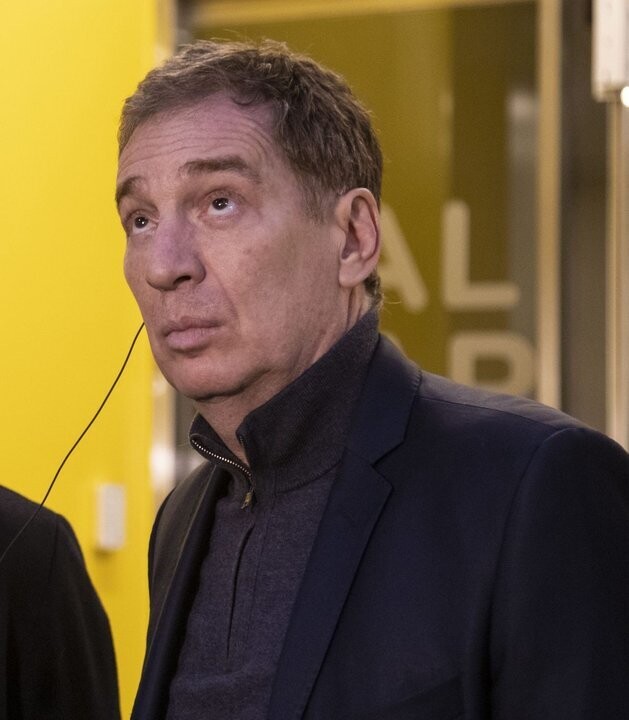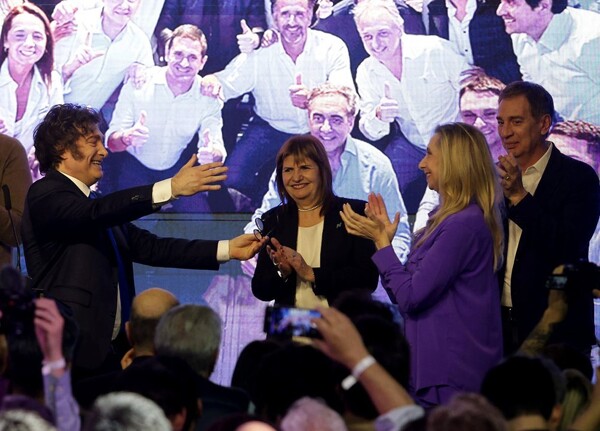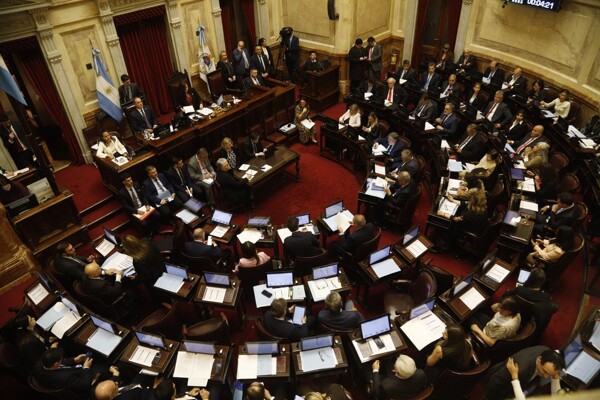
**Composition of the new Argentine Congress: Main political forces and list of new lawmakers**
The results of the recent legislative elections in Argentina have formed new parliamentary blocs. According to official data, the key role in the Congress will be played by the Unión por la Patria bloc, which will implement the main political agreements — peronism, as well as new coalitions and non-aligned movements. The most prominent figures include Jorge Taiana, Jimena López, Juan Grabois and Vanes a Siley. They will be in the leadership and will participate in the formation of the legislative agenda. Among them are Sergio Palazzo, Teresa García and Hugo Moyano, who previously held significant positions and will continue to influence political processes. In the blocs of the opposition, active non-aligned candidates and regional policies, such as Juan Schiaretti from "Honesty" and Romina del Pla from "Left Unity".
An important factor is the youth of the politicians and leaders. For example, Cristina Kirchner, head of the Front for Victory, points out that new parliamentary slates will be required to assume the social responsibility of representing all sectors: "We are committed to creating fair living conditions for all, ensuring work and dignity." Such statements attract the attention of the international community and regional leaders.
Other political groups, such as "La Libertad Avanza" and "Juntos por el Cambio", also received significant positions in Congress. Their leaders are Karina Milei and Javier Milei, who promote liberal interests and economic reforms. Their influence promotes the development of ecology and the protection of the environment.
The full list of lawmakers includes more than 100 people, among whom are both experienced deputies and new faces. For example, Nicolás del Caño from "Left Unity" stated: "We are fighting for democracy and the rights of workers." Such statements call into question the prospects for the development of the parliament.
Among the famous families, there are those that are potentially influential (possibly due to technical errors), and the common composition shows a significant change in the Argentine political scene. The analysis of the groupings allows us to predict potential coalitions and the direction of the legislative work.













